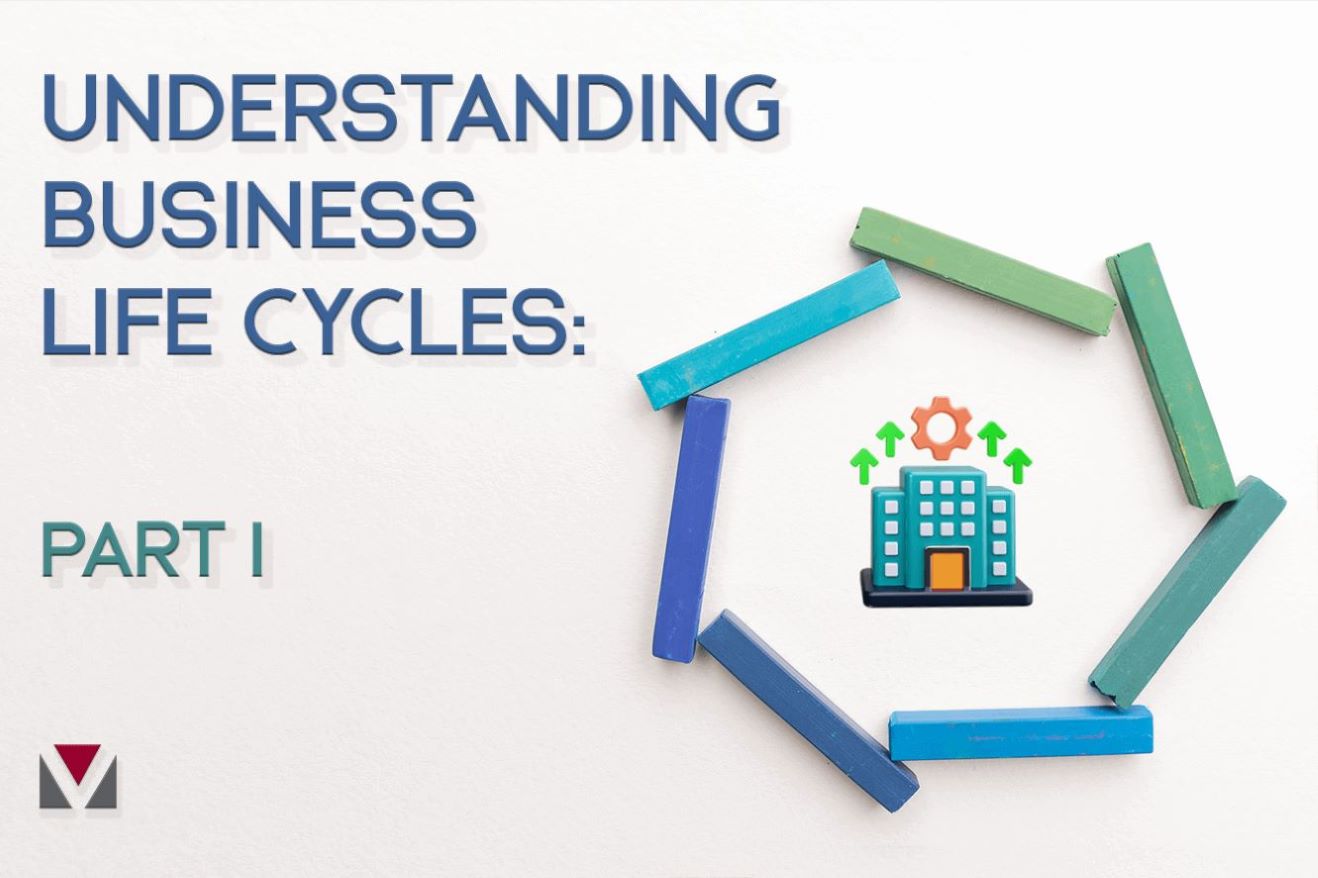LIFE CYCLES, Part I (Introduction)
The concept of organizational life cycles originated in 1890 with Alfred Marshall’s book “Principles of Economics.” Marshall likened organizations to trees in a forest. The new ones were like seedlings struggling in the shade of their taller neighbors. Some survived, grew, and dominated but eventually declined and fell.
During the 1950s, economist Kenneth Boulding furthered the study of organizational life cycles with his premise that organizations universally experience the common stages of birth, maturation, decline, and death.
In spite of today’s rapid technological changes, life cycles remain relevant and the speed of change makes understanding them even more critical. You don’t have to be in a large business to experience the full life cycle. In fact, the impact of the various stages is often more keenly felt in small businesses than in larger ones.
Organizations that fail to recognize and proactively address life cycle changes can easily fall into crisis. Recognizing predictable patterns allows business leaders to prepare for transitions and avoid these crises. For instance, in a stable, mature organization, complacency can set in—the belief that the way things are currently done will remain unchanged. But stagnation follows. Awareness of potential issues can facilitate smoother transitions from one phase to the next.
In this series we’ll explore three distinct stages that a small business experiences in its life cycle: the “Me,” “We,” and “Them” phases.
The “Me” phase of a business is what some experts call the Inception or Launch phase. For our purposes we consider this the time from the opening of a company to when it starts to employ its first managers. While there is no specific duration for this phase, at the time of this writing the annual revenue for a company in the “Me” phase is up to roughly between $1M and $1.5M in annual revenue.
In this phase the owner is either working independently or has been directly involved in hiring and managing all of the company’s employees. There are typically no levels of management (other than in title), as everyone reports directly to the owner.
The next life cycle phase is the “We” phase. This is when a company outgrows its owner’s ability to manage everything by themselves. Just as it is with the “Me” phase, the “We” phase isn’t defined by a specific annual revenue. Instead, it’s defined by its need for management and internal structure, and by the increasing complexity of operating the company, which at this stage is still very entrepreneurial and reliant on the owner.
The “Them” phase is the final phase of maturing for a company and is defined by the leader’s interest and ability to give back to the people and communities that have supported them through the years.
Companies in the “Them” phase are characterized by the ability to optimize their markets, human resources, and operating efficiencies. This is also when complacency and inertia can show up and threaten the company’s continued success.
In Part II of this series, we’ll take a more in-depth look at the “Me” phase of a company’s life cycle and explore strategies for getting the most out of it.



